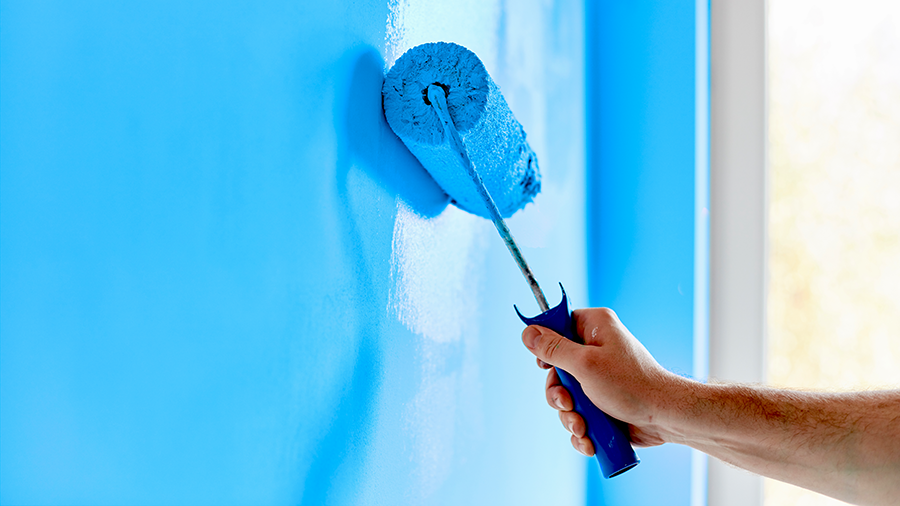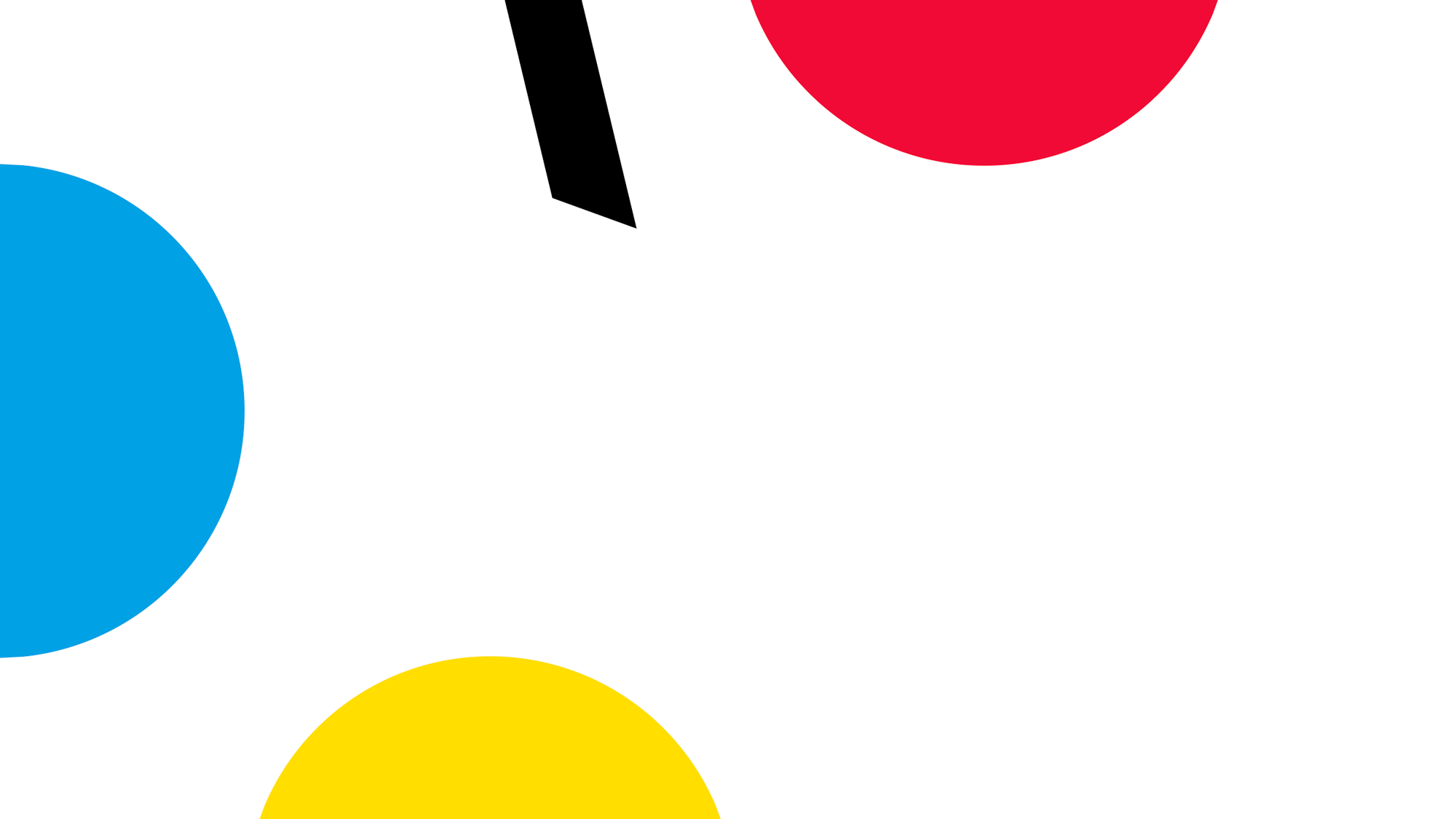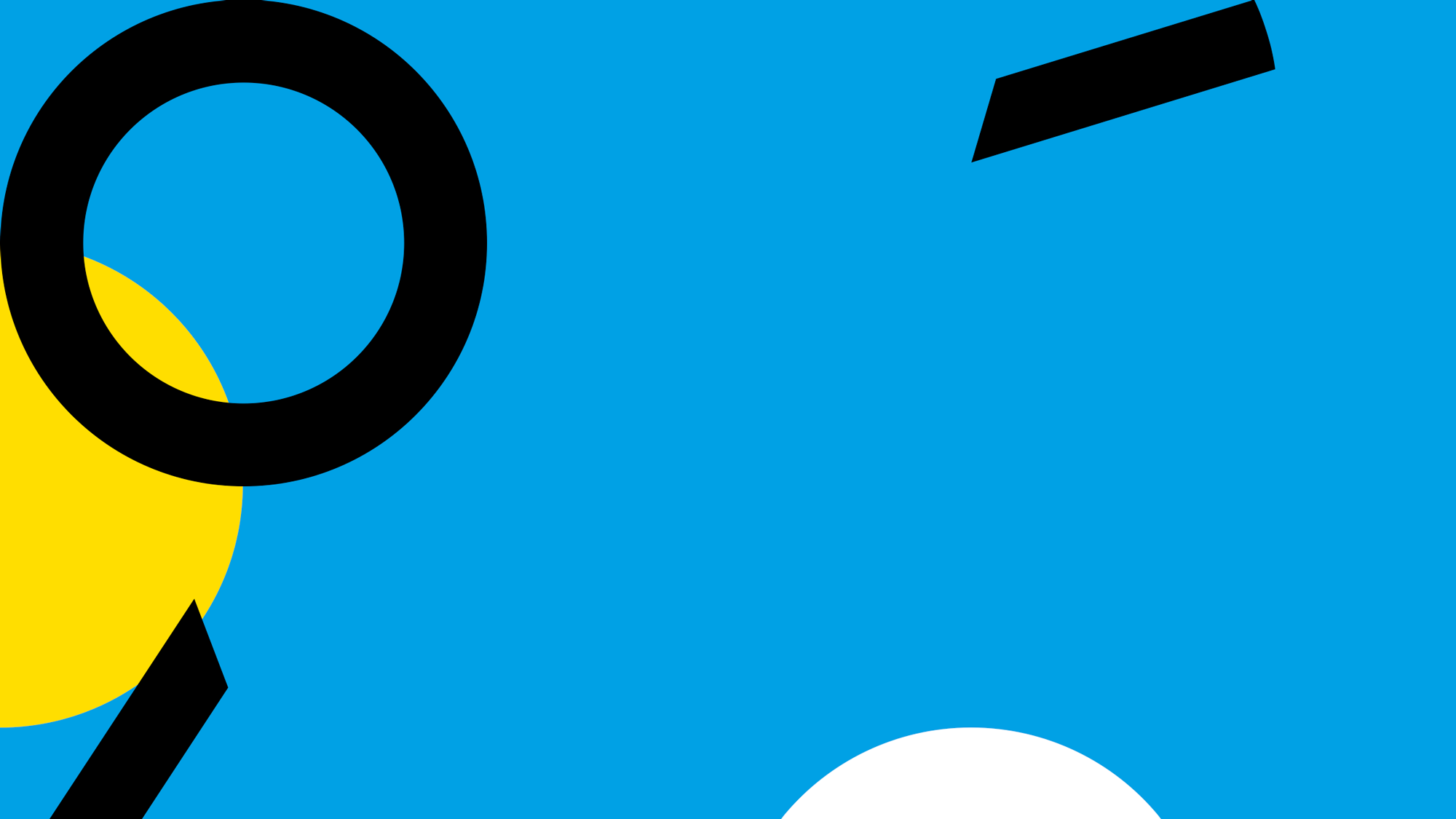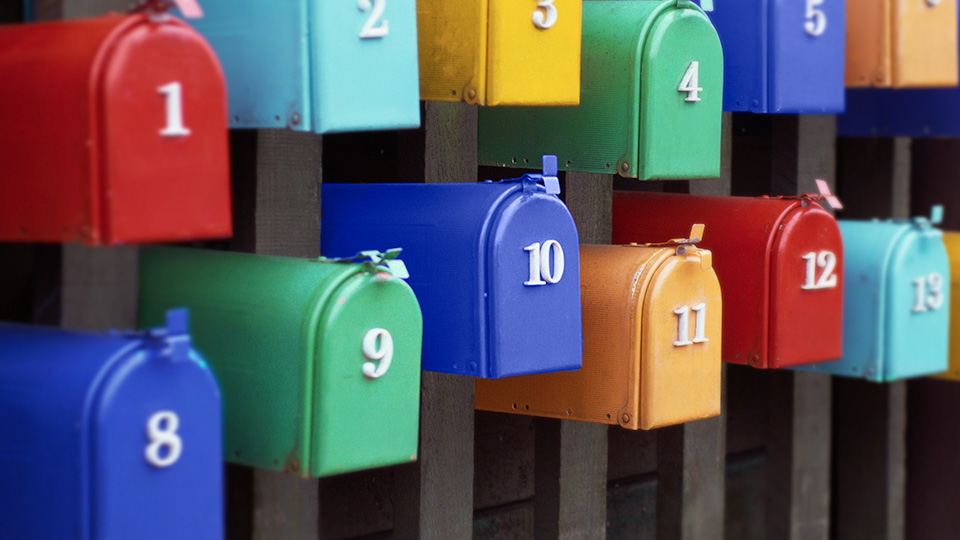While every brand is aiming to become a household name, the ones that stay top of mind are those that aren’t afraid of change. In fact, strategic businesses rebrand in some way every seven to 10 years, with brand refreshes occurring more frequently.
A few telltale sights that you may be losing relevance with your customers include:
Before you break out the color wheel, it’s a good idea to prioritize your approach, based on messaging gaps, consumer behavior changes, competitive landscape and media opportunities. Here are four strategic areas to dig into and pinpoint where the brand refresh work is needed most:
A shift in the competitive landscape
Whether it’s an increase in the number of competitors or new ways they are talking about their offerings, staying on top of competitor activity is vital when ensuring that your branding is relevant and differentiating. While you likely conducted a competitor audit during your last branding exercise, it’s not a one-and-done tactic.
Some areas to keep an eye on that may signal changes in competitor performance:
Changes in consumer behavior
Consumer behavior is always a moving target, but brands that stay in-the-know can pivot more quickly and effectively when needed. According to McKinsey & Co., two major 2024 consumer trends include a shift away from brand loyalty, with nearly 40% of consumers regularly trying new brands, and an increase in spending intent for fitness and wellness (22%) and over-the-counter wellness products (14%).
“Ultimately, our job is to compel people to want to have the products,” Fonte says. “In the cleaning products space, for example, many people stopped cooking with oil in an effort to be healthier. So, given that, the marketing message for a detergent might shift from stories about cleaning oil stains to cleaning salsa stains.”
The sober-curious movement signals another healthy lifestyle shift, with functional beverages marketers having a stand-out moment, and plenty of upstarts making waves across the larger beverage category. “Look at the rise of Liquid Death,” Fonte says. “How do you create a water brand that feels cool when you’re amongst people who are drinking beer?”
Effectiveness of media and connections planning
Media consumption has evolved, which can, in turn, make traditional methods of connections planning less effective. With the added pressure of creating personalized experiences in a fragmented media landscape, a shift to a flexible, audience-centric approach is the path forward.
“Today’s consumers are constantly shifting between platforms, which means brands need to be equally agile,” explains Dean Ferenac, Senior VP of Consumer Engagement at Rise, a Quad agency. “Effective connections planning now requires a holistic view of the consumer journey, where brands deliver the right message at the right time, no matter where the audience is.”
Take a fresh approach by embracing precision targeting, integrating media seamlessly across channels and leveraging real-time insights to adapt in the moment. This not only enhances audience connections but ensures that marketing efforts lead to deeper, more meaningful engagement and long-term brand loyalty.
Your story, visuals and packaging design need a brand refresh, too
If your product logo, color scheme and overall design lean heavily into a super-clean aesthetic, but are suddenly lined up against playful, bright, bouncy, dopamine-releasing product design, it may finally be time to break out that color wheel.
Along the way, add some pre-market intel into your brand refresh with virtual creative, store-design environments and message performance testing that provide critical insights into how consumers react to your brand before it ever hits the market. Quad’s Accelerated Marketing Insights (AMI) delivers pre-market data wherever you show (packaging, in-store) or tell (email, social media, direct mail) your story.
“You can’t take your eyes off of how effective your packaging showcases your product differentiation,” Fonte says. “You’ve got to stay ahead of retailers de-shelving you, because getting back on the shelves is a bigger and bigger challenge today.”
When you need a brand refresh vs. rebrand
When you’re trying to reach a new audience, or your offering outgrows its name, it’s a clear signal for a rebrand rather than a refresh.
“One great example is Dunkin’ Donuts dropping ‘Donuts’ from its name to extend their reach and emphasize its growing food and drink offerings,” Fonte says. “But the logo colors remained intact, inspiring the nostalgia for the 75-year-old brand.”
With an expanded lineup of snacks and other food items, Campbell Soup Company took a page out of Dunkin’s playbook and rebranded as Campbell’s in September. “This subtle yet important change retains the company’s iconic name recognition, reputation and equity built over 155 years while better reflecting the full breadth of the company’s portfolio,” Mark Clouse, Campbell’s President and Chief Executive Officer, told investors.
Whether it’s a shift in media strategy, a new vision for packaging or an entire brand overhaul, you don’t have to go it alone. Look for a partner who covers every angle. Quad, along with its agencies, Betty and Rise, can help connect all the dots. Contact us today.



